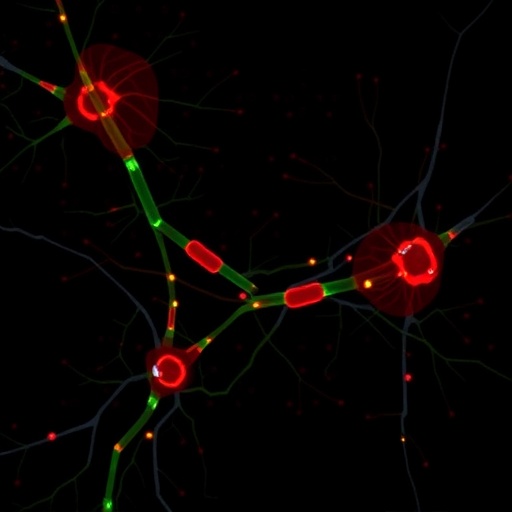
Credit: UVM Larner College of Medicine
The FDA is right – when it comes to disease culprits, cigarette smoking tops the list. While recognized as the number-one cause of preventable disease and death, it's an incredibly tough habit to break due to the addictiveness of nicotine. New research from the University of Vermont (UVM) and colleagues suggests that reducing nicotine content in cigarettes may decrease their addiction potential in especially vulnerable populations and suggests how regulatory policies could shift preferences to less-harmful tobacco products.
The study appears in JAMA Psychiatry.
The Vermont Center on Behavior and Health (VCBH) at UVM focuses on the relationship between behavior and health, particularly in disadvantaged populations, a group that is "overrepresented" among smokers, according to the study's authors. In their latest study, the research team, led by Stephen Higgins, Ph.D., professor of psychiatry and VCBH director, examined the addiction potential of cigarettes with reduced nicotine content in three vulnerable populations of smokers – individuals with psychiatric disorders (i.e., affective disorders, opioid-use disorder), and socioeconomically disadvantaged women.
"Evidence in relatively healthy and socially stable smokers indicates that reducing the nicotine content of cigarettes reduces their addictiveness," says Higgins. "Whether that same effect would be seen in populations highly vulnerable to tobacco addiction was unknown."
The multi-site, double-blind study is "the first large, controlled study to examine the dose-dependent effects of cigarettes with reduced nicotine content on the reinforcing effects, subjective effects, and smoking topography of vulnerable populations," say the study's authors.
The study ran between March 2015 and April 2016 and included 169 daily smokers, including 120 women and 49 men. Participating centers included UVM, Brown University, Johns Hopkins University School of Medicine and the University of Kansas. A total of 56 of the participants were diagnosed with affective disorders, 60 with opioid dependence, and 53 were socioeconomically disadvantaged women. Each study participant completed fourteen 2- to 4-hour sessions, abstaining from smoking for 6 to 8 hours before each of the sessions, which were organized in 3 phases. Phase 1 included sessions 1 to 5 and included sampling of the research cigarettes in double-blind conditions, beginning with the smoking of the participant's regular brand cigarette in session 1 and then smoking 1 research cigarette of identical appearance, but varying doses of nicotine in sessions 2 to 5. Participants were required to use a plastic cigarette holder when smoking research cigarettes, in order to measure smoking topography – number of puffs, length and speed of each puff.
A Cigarette Purchase Task (CPR) was completed after each smoking session to measure the effects of cost on the participant's rate of smoking. Additional questionnaires assessed research cigarette evaluation, nicotine withdrawal, smoking urges, and nicotine dependence.
The Phase 2 sessions (6-11) provided participants with an opportunity to select which cigarette they preferred to smoke among 6 different dose combinations and used a computer program, which recorded which of two cigarettes participants preferred for that session and whether or not they wanted to continue to smoke that selection after two puffs or abstain. The final phase 3 (sessions 12-14) followed the same protocol, but measured only the highest and lowest doses of nicotine.
While participants tended to prefer the higher nicotine dose content research cigarettes, the researchers found that the low-nicotine dose cigarettes could serve as economic substitutes for higher-dose commercial-level nicotine cigarettes when the cost of the latter was greater.
Among the limitations of the study is its brief exposure to the research cigarettes. The authors report that field testing of extended exposure with these vulnerable populations to determine feasibility under "naturalistic smoking conditions" is underway.
"This study provides a very encouraging indication that reducing the nicotine content of cigarettes would help vulnerable populations," Higgins says. "We need more research, but this is highly encouraging news with tremendous potential to improve U.S. public health."
###
Media Contact
Jennifer Nachbur
[email protected]
802-338-8316





